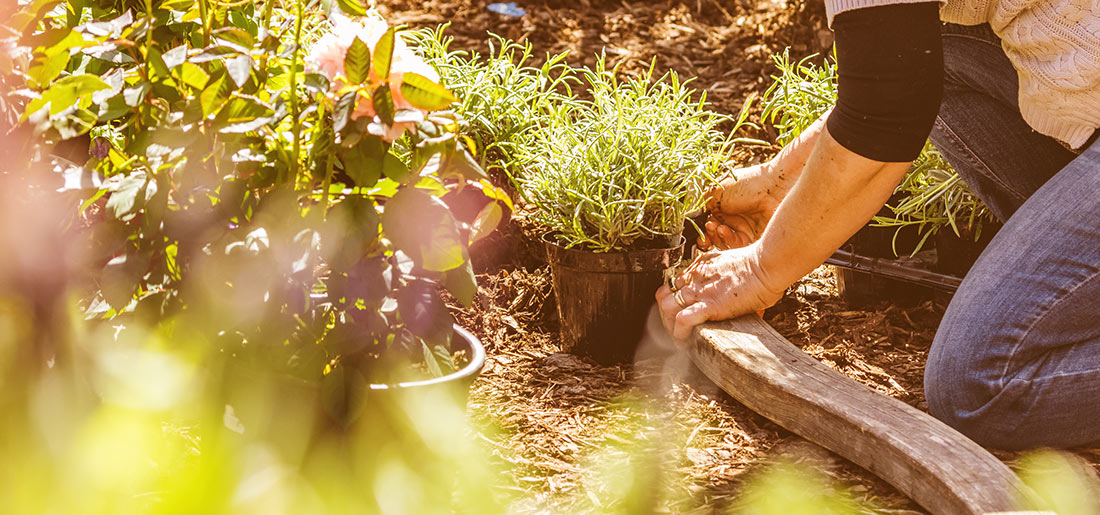
As you develop your budget for the project, it won’t take long for the “items” to start adding up. So,
if you’re going to spend your valuable time and money to achieve the desired yardscape, start with the best possible foundation – begin with the soil! It might not be the most exciting task of your project, but it may well be critical to the long-term success of your endeavor…and you’ll have a chance to play in the soil and get your hands dirty!
Texas covers 268,601 square miles, and its starkly different ecoregions range from humid coastal plains, to moist pine forests, to arid zones, and rugged mountains. There are more than 1,300 different kinds of soil recognized in Texas, each having its own specific set of properties that affect its use. There is growing recognition across the state that soil is a basic non-renewable resource of critical importance to the economy and well-being of society.
Even if your property isn’t ranch-size, it may contain several different soil types. How do you know what characteristics to look for? Start with the physical properties of the soil. What color is it? What does it feel like? Are there a lot of rocks in it? Does it contain areas of expansive clay in it…the stuff called Gumbo?
A professional soil test will reveal nutrients the soil might be lacking; which will allow you to identify and apply the appropriate fertilizer.
A great way to get up close and personal with the soil is to “Hole-test” it. Dig a hole 6”-8” in diameter and about 2’ deep. Fill it half full of water…note the time, and then see how long it takes to drain.
To understand the chemical components of the soil, take a sample to your local County AgriLife Extension office (see http://soildata.tamu.edu/ ) for testing. This will provide all kinds of useful information, including steps you can take to improve or supplement it to get your new plants off to a great start!
The “gold standard” for soil information! http://soildata.tamu.edu